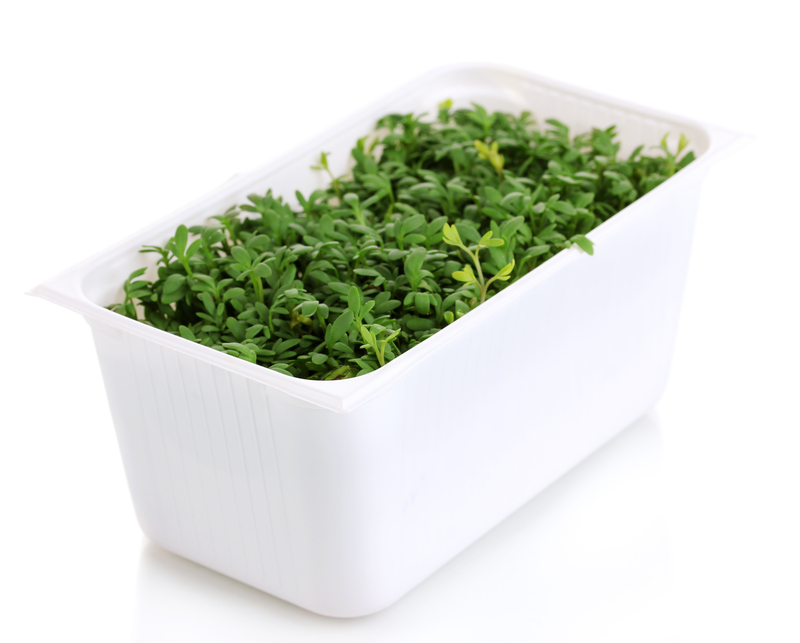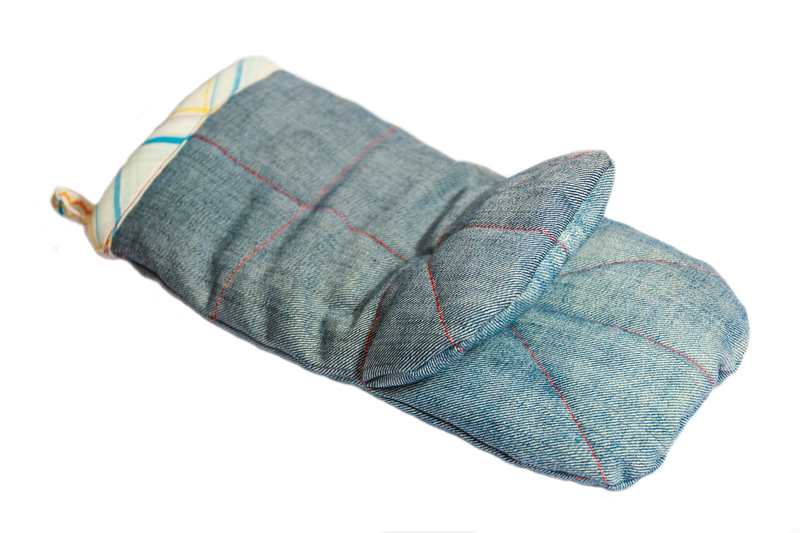Recycling Pots and Pans: Making the Right Environmental Choice
With growing concerns about environmental sustainability, it is more important than ever to consider the impact of everyday household items, such as old cookware. This article provides a comprehensive guide to recycling pots and pans, highlights sustainable alternatives to disposal, and offers actionable advice for making the right environmental choice. If you want to minimize your carbon footprint and ensure that your kitchen items have a second life, read on for everything you need to know about eco-friendly cookware disposal.
Why Consider Recycling Your Pots and Pans?
Traditional cookware, such as pots, pans, and baking trays, is often made from durable metals like stainless steel, aluminum, copper, or cast iron. While these materials are long-lasting, they don't last forever. Scratches, warping, and worn-out coatings can make old pots and pans unsuitable for cooking over time. Instead of letting them end up in landfill, recycling pots and pans helps to:
- Reduce landfill waste.
- Promote responsible resource management by reusing valuable metals.
- Lower the demand for raw materials needed for new products.
- Support the circular economy and sustainable living practices.
Understanding the Impact of Disposing Cookware Improperly
Most cookware tosses end up in landfill, where metals and synthetic coatings may take hundreds of years to break down. Nonstick coatings can even leach potentially harmful chemicals if not properly processed. Over time, this adds to environmental pollution and wastes the valuable resources used in the manufacturing process.

The Different Types of Cookware Materials and Their Recyclability
Recycling kitchenware is easier when you understand what your old pots and pans are made from. Common cookware materials include:
- Stainless Steel: Highly recyclable and widely accepted by scrap metal dealers and recycling centers.
- Aluminum: Often used in lightweight pans and easily recycled, though some pans have nonstick coatings to consider.
- Cast Iron: Exceptionally durable, almost always accepted for recycling or repurposing.
- Copper: A valuable metal that is prized in recycling markets, often used in specialty pots.
- Nonstick Coated Cookware (e.g., Teflon): These require special handling due to chemical coatings.
- Enamel-Coated Cookware: Recycling depends on local facilities and whether the coating can be separated.
Some handles, lids, and knobs are made of plastic, wood, or silicone--these parts may need to be removed prior to recycling.
Can You Recycle Nonstick Pans?
Nonstick cookware presents unique challenges for recycling. Most recyclers won't accept pots and pans coated with Polytetrafluoroethylene (PTFE, commonly known as Teflon) or other nonstick substances. The coating must be removed before recycling, which isn't practical for most households. Specialized recycling programs are required to handle these safely.
How to Recycle Pots and Pans: Step-by-Step Guide
Recycling pots and pans properly requires a combination of preparation and knowing your local recycling protocols. Here's how you can get started:
1. Assess the Condition
If your cookware is still functional, consider donating it to charities, thrift stores, or giving it away to friends and family. Extending the life of products is always the most environmentally friendly choice.
2. Prepare Your Cookware for Recycling
- Remove any parts not made of metal, such as plastic handles, glass lids, or silicone parts. These should be recycled separately if possible.
- Clean your pots and pans to remove food residues and grease. Clean metals are more likely to be accepted by recyclers.
3. Find the Right Recycling Facility
- Check with local recycling programs to see if they accept cookware.
- Look for scrap metal dealers who can handle bulk metal items, especially for stainless steel and cast iron.
- Use online resources like Earth911 or local government websites for recycling locator tools.
4. Drop-Off or Collection
Many recycling centers require you to drop off metal items in specific containers. Some municipalities offer curbside pickup on designated recycling days, but confirm their rules on household metal items first.
Alternative Ways to Give Old Pots and Pans New Life
If recycling isn't immediately available, there are many creative or functional ways to repurpose old cookware, supporting environmental stewardship in new ways!
Upcycling Ideas for Old Cookware
- Planters: Turn large pots into quirky garden planters for herbs or flowers.
- Storage Containers: Old pans are perfect for storing tools, screws, art supplies, and more.
- Outdoor Decor: Create birdbaths, wind chimes, or garden ornaments from metal pans.
- Art Projects: Transform cookware into wall art, clocks, or light fixtures.
Donation and Secondhand Use
Secondhand stores, community groups, and local charities often appreciate usable cookware. Shelters, soup kitchens, or university dorms may also accept donations of functional pots and pans.
Challenges of Recycling Cookware
While recycling cookware is possible, there are some practical challenges:
- Mixed Materials: Handles, knobs, and coatings complicate the recycling process.
- Lack of Awareness: Many people don't realize that metal pans are recyclable, so they end up in the trash.
- Facility Limitations: Not all recycling programs accept household metal items, especially nonstick cookware.
- Transportation: Old cookware can be heavy and bulky to transport to recycling centers.
Despite these obstacles, recycling pots and pans remains an essential part of responsible household waste management.
Benefits of Recycling Pots and Pans
Choosing to recycle or repurpose cookware offers a range of environmental, economic, and social benefits:
- Resource Conservation: Metals can be recycled indefinitely without losing quality, reducing the need for mining and new material extraction.
- Energy Savings: Recycling metal uses a fraction of the energy required for making new metal products.
- Reduced Pollution: Less landfill waste means reduced soil and water pollution from leaching coatings or metals.
- Economic Opportunity: Scrap metal recycling supports jobs and contributes to the circular economy.
- Community Support: Donating usable cookware helps those in need and extends product life cycles.
Choosing Eco-Friendly Cookware for the Future
Making an environmentally conscious choice in cookware goes beyond recycling. When buying new pots and pans, select products made from recycled materials, or opt for durable, long-lasting options that can be recycled again when they reach end of life.
What to Look For in Eco-Conscious Cookware
- Recycled Content: Some brands use recycled aluminum or steel in their products.
- Longevity: Choose high-quality items designed to last decades, not years.
- Recyclability: Avoid unnecessary coatings or plastic components that complicate recycling.
- Manufacturer Take-Back: Look for companies with take-back or recycling programs.

Frequently Asked Questions About Recycling Cookware
Can all pots and pans be recycled?
Most metal cookware is recyclable, but mixed materials or coatings (especially nonstick) may need special handling. Always check with your local facility for specific guidelines.
Is it worth recycling small amounts of cookware?
Yes! Even small contributions reduce waste and conserve resources. If you only have one or two pieces, consider collecting a few items before making the trip, or ask neighbors if they have items for recycling.
What should I do with glass lids or plastic handles?
Separate any non-metal components and recycle them according to your area's plastic or glass recycling rules. If they're not recyclable locally, consider donating them for reuse or repurposing.
Where can I recycle old pots and pans near me?
Use local municipality websites or recycling search engines to find scrap metal dealers or recycling centers that accept cookware. Many communities host annual metal recycling events as well.
Final Thoughts: Make the Right Environmental Choice
Whether your old cookware is made of stainless steel, aluminum, cast iron, or copper, it's likely to be recyclable or reusable in some way. By choosing to recycle pots and pans rather than sending them to landfill, you contribute to a healthier planet and set a positive example for others. If you invest in high-quality, responsibly made cookware and participate in local recycling programs, your environmental impact will continue to shrink--one pan at a time.
Summary: The Key Steps for Recycling Pots and Pans
- Assess condition--donate or upcycle if possible.
- Remove non-metal parts and clean thoroughly.
- Consult local recycling guidelines or scrap metal dealers.
- Drop off or arrange collection according to area policies.
Take the time to recycle your old pots and pans--a small act, but a big step towards a sustainable and eco-friendly kitchen!
